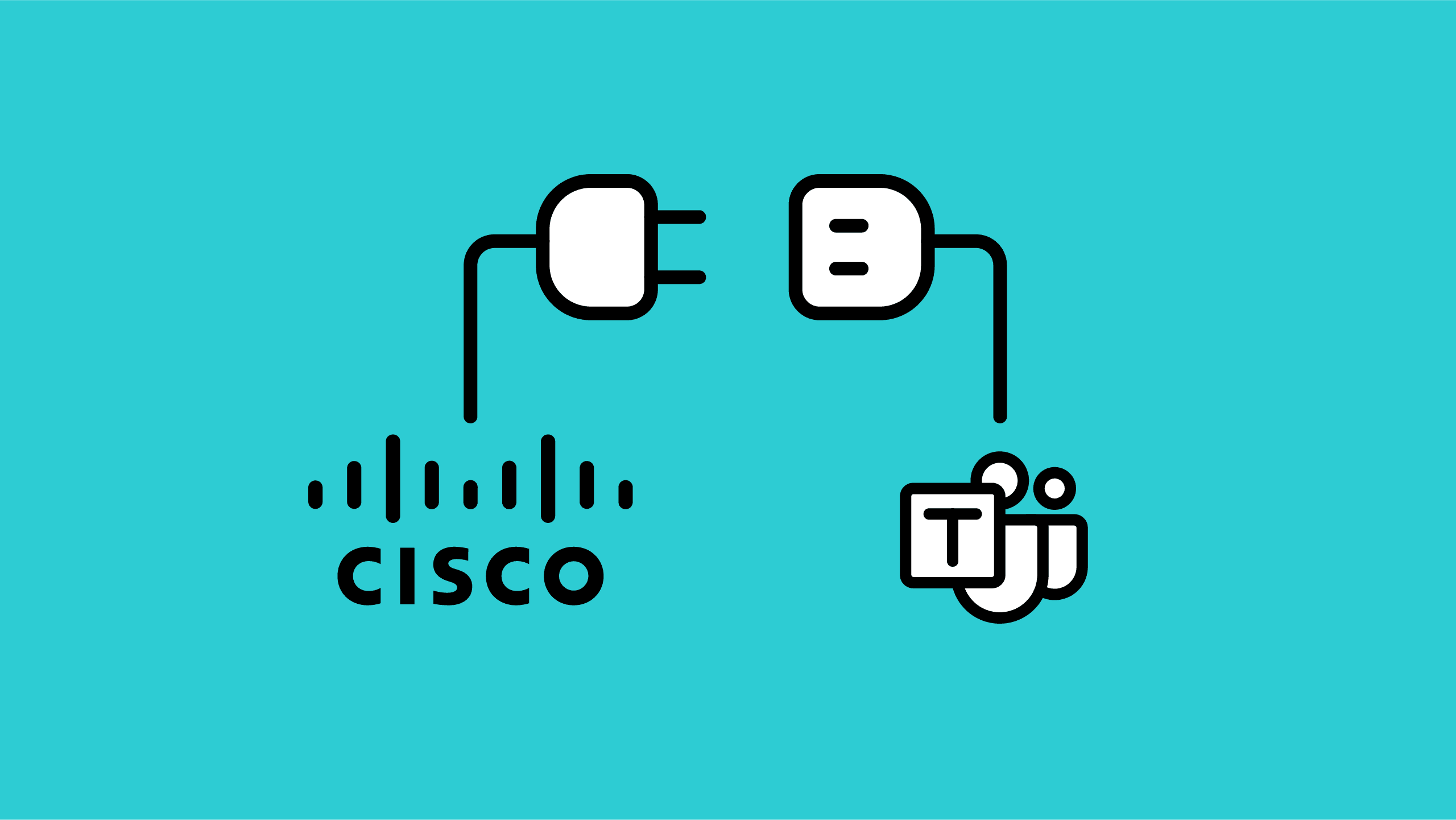
Yes, the Cisco-Microsoft Partnership really happened. As hard as it may be to believe, these two UC leaders are partnering up to bring Microsoft Teams to Cisco meeting room devices for the first time ever. In this article, I’ll explain what this means for your company and share our expert analysis so you can make better, more confident decisions.
TL;DR
- Microsoft won this, and it’s not even close. They bolstered their roster of meeting room devices from the best hardware company in the business and cemented their industry dominance.
- While Cisco does benefit in the short term, we are scratching our heads at their decision. Eventually, companies will have no incentive to stick with Cisco once it comes time for these companies to replace or upgrade their meeting room devices.
- Either way, if you’re planning on moving to Teams or are currently in the process of doing so, this is good news for you too.
- Perhaps the biggest loser in all this is Webex Teams.
- If you’re thinking about moving to Microsoft Teams, check out our Teams Phone Migration Blueprint and our free CUCM to Teams Assessment.
Who saw this coming?
Well… we did. But that doesn’t mean we were any less rocked by the announcement at Microsoft Ignite 2022 that Cisco will become a Microsoft Teams Rooms Certified Devices partner.
Wait, what happened?
This partnership will expand the number of certified devices that organizations can deploy in Teams Rooms. It will also allow you to run Microsoft Teams by default on Cisco Room and Desk devices.
The first wave of devices, expected to be certified by early 2023, will include the Cisco Room Bar, the Cisco Board Pro 55-inch and 75-inch, and the Cisco Room Kit Pro for small, medium, and large meeting room spaces, respectively. The Cisco Desk Pro and Cisco Room Navigator will follow.
All certified devices will be manageable in the Teams Admin Center and the new Teams Rooms Pro Management Portal, as well as through the Cisco Control Hub device management.
Thankfully, as Tom Arbuthnot notes, there won’t be a charge or license required to run Cisco devices in ‘Teams mode’.
As we wait for the first wave of devices for Microsoft Teams Rooms to arrive in early 2023, here are our picks for the winners and losers of this partnership.
Cisco-Microsoft Partnership Winners and Losers
Winner: Microsoft Teams
This is a huge win for Microsoft. Through this partnership, they are bolstering their roster of meeting room devices from the best hardware company in the business. And they don’t make the hardware anyway, so there’s nothing for them to lose. This is validation that they are the leader in business communication. Everybody, even their second biggest competitor, wants to join in and partner with them. That’s significant.
Winner: Cisco (Short-Term)
This partnership is a big shift for Cisco. Their previous strategy – everything is better in the Cisco ecosystem – isn’t the modus operandi anymore. There used to be an incentive for everything to be Cisco. This deal seems to indicate a newfound focus on working together with other companies. And right now, it’s a great move. They have bought themselves some time by allowing customers who have their meeting room equipment to use it with Microsoft Teams Rooms. This deal helps their hardware business for sure…
Loser: Cisco (Long-Term)
…but let’s be clear: this is a defensive move. Cisco is playing to its strengths. Right now, that makes sense. But in the long run, this makes Cisco less relevant, not more. When it comes time for that equipment to be refreshed, what incentive do customers have to stay with Cisco? And why would they? Microsoft Teams already integrates so effectively with Office 365, and Microsoft Teams Rooms in particular offers much greater flexibility than Cisco.
Winner: You
Speaking of flexibility, this is a massive win for companies using Microsoft Teams or who are thinking about moving. You no longer need to ‘rip-and-replace’ your Cisco endpoints. Instead, you can continue to leverage that Cisco investment until it’s time to upgrade or refresh the hardware. If you have a lot of video endpoints, you’ll be able to continue to utilize those. You simply change the mode of operation of your endpoint for it to operate as a Microsoft Teams room. There’s no need for additional third-party integrations (but you can save a lot of time and frustration by working with a qualified partner to help with the heavy lifting).
Loser: Webex Teams
Yes, we already mentioned Cisco above, so we’re kind of cheating here a little. But despite what they have said publicly, this partnership must be making the Webex team sweat. No, we’re not digging graves for Webex anytime soon, but this partnership doesn’t help its brand. There is a risk here of losing ground to Teams and other vendors. Webex will need to find a way to open its doors to third-party hardware or it will fall too far behind.
We can’t help but wonder: what incentive does any business have to get Webex now?
Final Thoughts
There is a lot to unpack about this Cisco-Microsoft partnership. But while it’s early days, there is a lot of helpful information you can glean from this deal for your own company. The above analysis will help you make better IT decisions for your business.
If you’re thinking about moving to Microsoft Teams, check out our Teams Phone Blueprint. It’s the only migration plan you’ll ever need. And before you migrate, get a complete picture of your phone system configuration with ZIRO’s free CUCM to Teams Assessment.
Ready to take your unified communications from headache to hassle-free?
No throwing darts at proposals or contracts. No battling through the back-end. No nonsense, no run-around.



